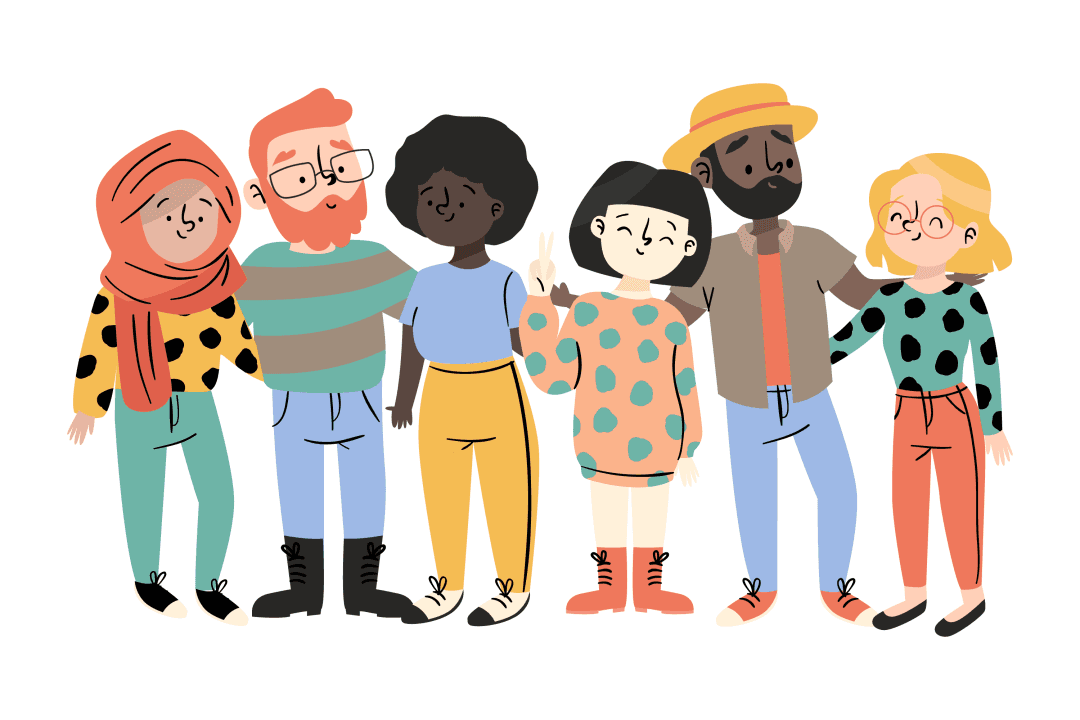As a seasoned UX/UI Designer with roots in Africa and a professional journey through the realms of banking, fintech, and telco in Europe, I've discovered that the true magic in design for a global market lies in embracing and understanding cultural diversity.
Unlocking Cultural Nuances In the dynamic world of user experience, acknowledging and appreciating diverse cultural nuances is not just a choice but a necessity. Users, hailing from various backgrounds, bring unique perspectives and expectations. What may be intuitive in one culture can be perplexing in another. It is this realization that underscores the importance of tailoring designs to be inclusive and considerate of cultural diversity. Designing with cultural inclusivity in mind is not merely a checkbox on a list; it's a commitment to creating experiences that resonate with users on a profound level. My journey as a UX/UI Designer has taught me that cultural inclusivity is not a one-size-fits-all approach. It requires a genuine understanding of the intricacies of different cultures, customs, and user behaviours. Having navigated through diverse sectors such as banking, fintech, and telco, I've witnessed firsthand how cultural considerations can significantly impact user interactions. Transitioning from Africa to Europe brought forth a new set of challenges and opportunities. While the essence of good design remains universal, adapting to cultural nuances became a crucial aspect of my design philosophy.
Practical Tips for Culturally Inclusive Design Research Extensively: Dive deep into the cultural landscape of your target audience. Understand their values, communication styles, and visual preferences.
User Personas with Cultural Context: Create user personas that go beyond demographics. Consider cultural factors that influence user behaviour and decision-making.
Localized User Testing: Conduct user testing in different cultural settings to identify potential challenges and iterate your designs accordingly.
Collaborate Across Cultures: Foster a diverse design team that brings together individuals with varied cultural backgrounds. Collaboration breeds innovation.

Cultural Diversity as a Design Strength Rather than viewing cultural diversity as a challenge, I encourage fellow designers to embrace it as a design strength. Each cultural perspective adds a layer of richness to the design process, unlocking possibilities and ensuring that our creations resonate universally.
Bridging Cultures Through Design In the ever-evolving landscape of UX/UI design, the ability to bridge cultures through thoughtful design is not just a skill; it's a superpower. As we embark on this journey of creating user experiences, let's celebrate the diversity that shapes our designs and, in turn, enriches the lives of the users we design for. Here's to a future where our designs speak a global language, transcending borders and fostering connections across cultures.
Happy designing.

